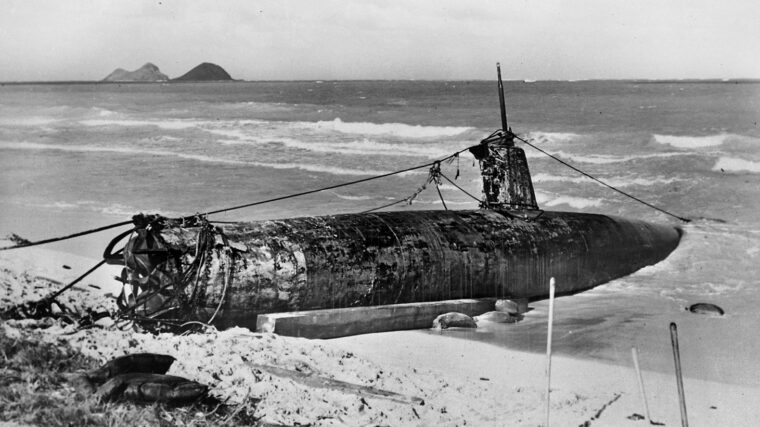
WWII
One in a Thousand Chance
By Christopher MiskimonThe year 1942 was one of crisis for the Allied cause in the Pacific. Until May, almost everything had gone in favor of Imperial Japan. Read more
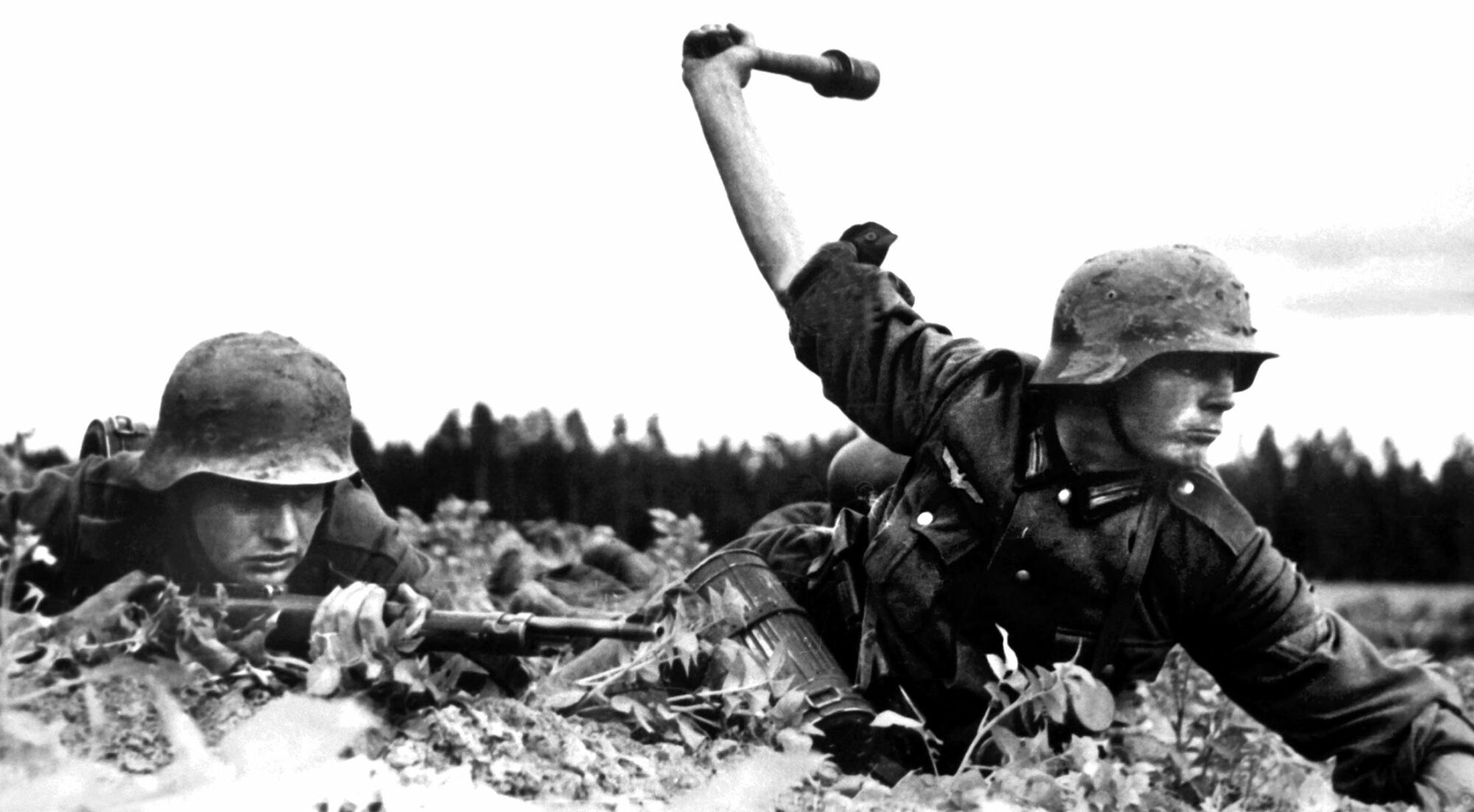

WWII
The year 1942 was one of crisis for the Allied cause in the Pacific. Until May, almost everything had gone in favor of Imperial Japan. Read more
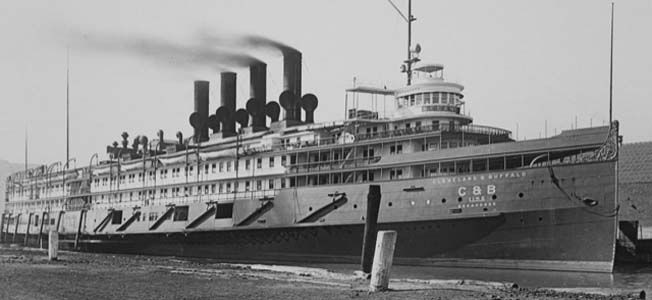
WWII
In August 1942, the U.S. Navy acquired the 1913 USS Seeandbee (using the initials of its parent company, the Cleveland and Buffalo Transit Company), the world’s largest side-wheel passenger steamer, and began converting it into a training carrier. Read more
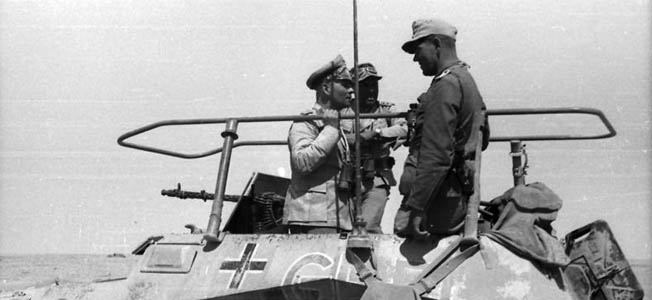
WWII
By the time of the Crusader battles in late 1941, the German panzer forces in North Africa had developed a sophisticated combined-arms doctrine. Read more
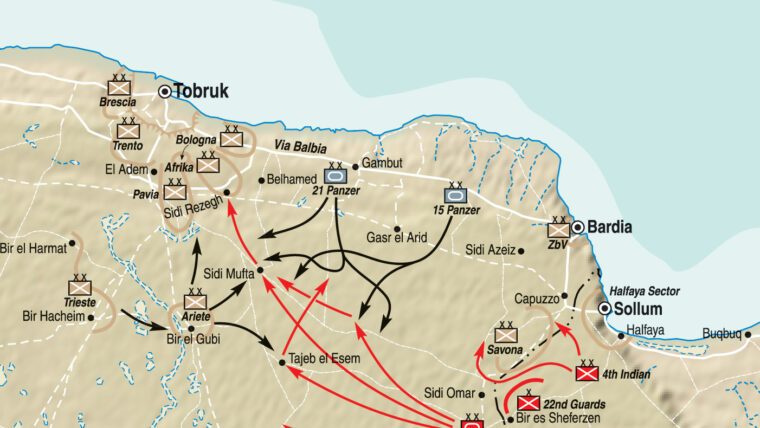
WWII
On the evening of Saturday November 22, Lieutenant Robert Crisp of the 4th Armored Brigade came upon the airfield at Sidi Rezegh. Read more
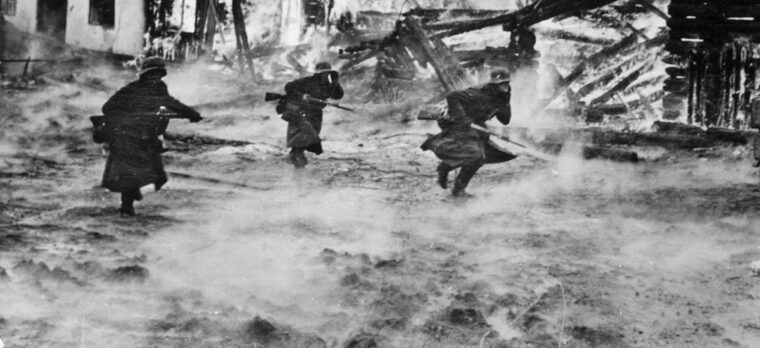
WWII
By Mark Simmons
“U-64 was seen on the surface at the top of Herjansfjord near Bjrekvik. I selected the two anti-submarine bombs and put the Swordfish in a dive and released the bombs at 200 feet. Read more
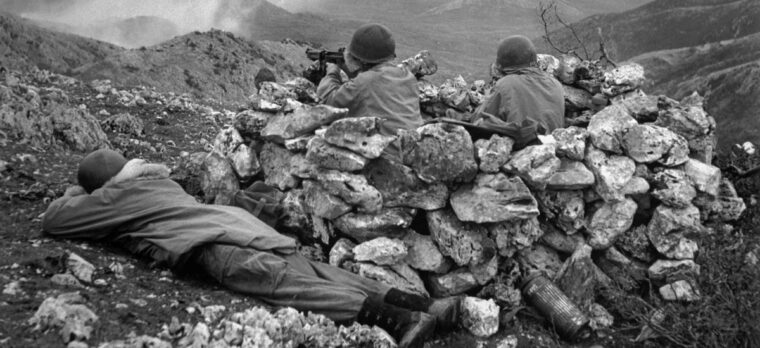
WWII
Dusk came early as they boarded the convoy of trucks, their olive-drab forms softened by baggy trousers and heavy field jackets. Read more
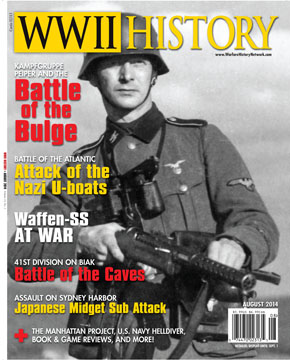
WWII
After refueling in the mid-Atlantic and suffering bow damage from being rammed by a tanker, a 769-ton Nazi U-Boat reached its destination, the American East Coast, early on Monday, May 4, 1942. Read more
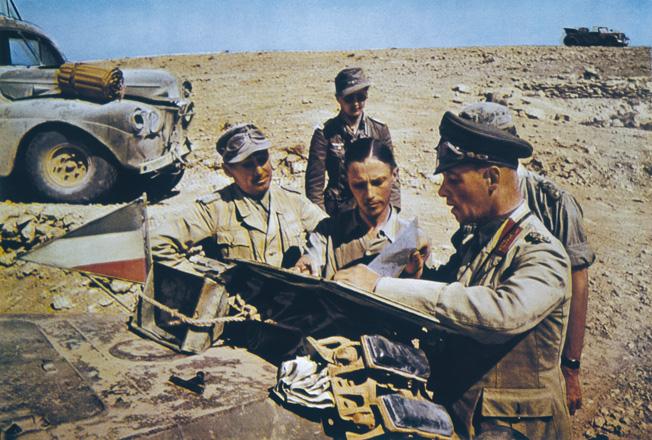
WWII
Born on November 15, 1891, in Heidenheim, Germany, Erwin Rommel was a hero of World War I, receiving the Pour le Mérite, or Blue Max, for his actions on the Italian Front. Read more
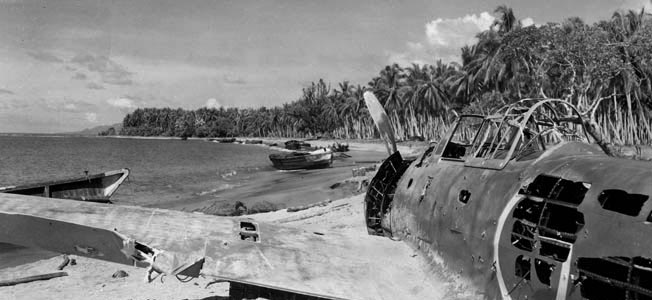
WWII
On August 7, 1942, American Marines landed unopposed on the island of Guadalcanal in the Solomons chain. The island was the key to future offensive operations in the South Pacific for either side, and the Marines were determined to defeat the Japanese in their first significant ground assault of the Pacific War. Read more
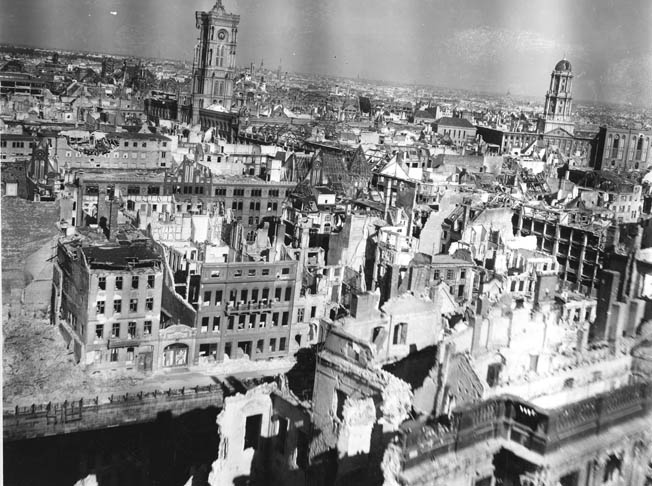
WWII
World War II spanned six long years from 1939 to 1945. The Allied powers, principally The United States, Great Britain, and the Soviet Union, defeated the Axis powers, led by Nazi Germany, Imperial Japan, and Fascist Italy. Read more
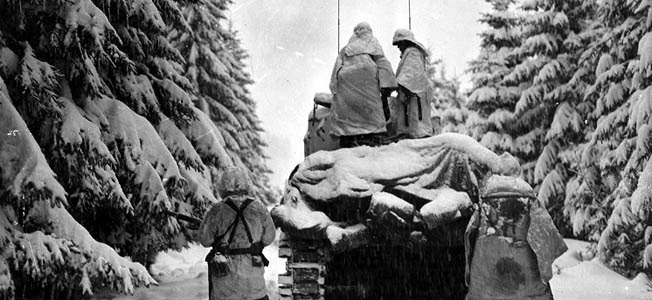
WWII
On December 16, 1944, Hitler launched Operation Wacht am Rhein, or Watch on the Rhine. Popularly known as the Battle of the Bulge, the ensuing offensive was a desperate effort to win a major victory in the West. Read more

WWII
William Welsh, editor of Military Heritage Magazine, has compiled a list of personal favorites for books on the Second World War. Read more
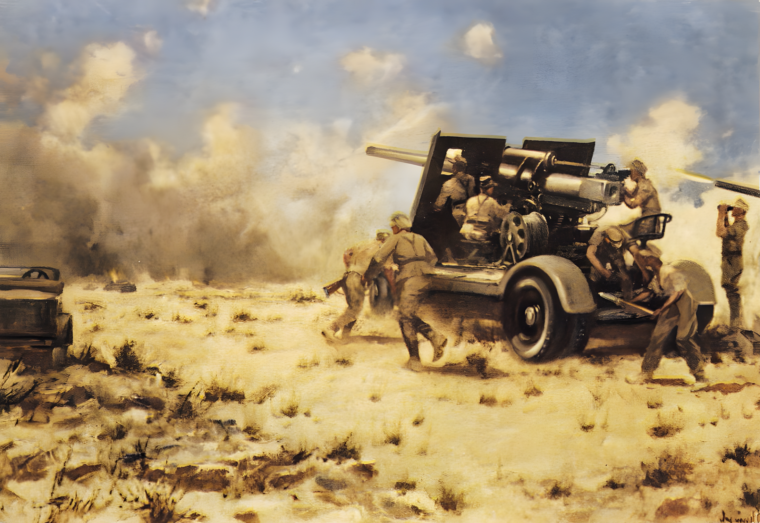
WWII
On the afternoon of November 23, known as Totensonntag to the Germans, General Ludwig Crüwell, commander of the Afrika Korps, decided to launch both of his armored divisions at the box being defended by the 2nd South African Brigade which had laagered just south of the contested airfield at Sidi Rezegh. Read more
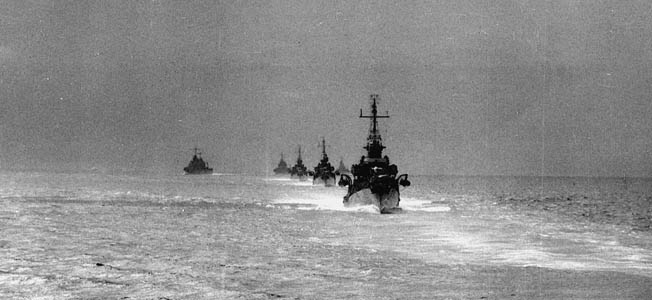
WWII
The Japanese Imperial Navy was an elite and elitist organization. As prone at the administrative levels as any large bureaucracy to becoming bogged down in paperwork, careerism, politics, and minutia, the Imperial Navy nevertheless enjoyed a unique dynamic. Read more
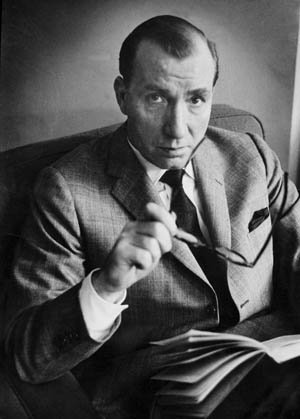
WWII
Throughout his career, Cornelius “Connie” Ryan wrote a number of stunning books on World War II: The Last Battle, about the struggle for Berlin; A Bridge Too Far, about the ill-fated race to cross the Rhine bridge at Arnhem in 1944; and, of course, the book with which his fame will always be linked, The Longest Day. Read more
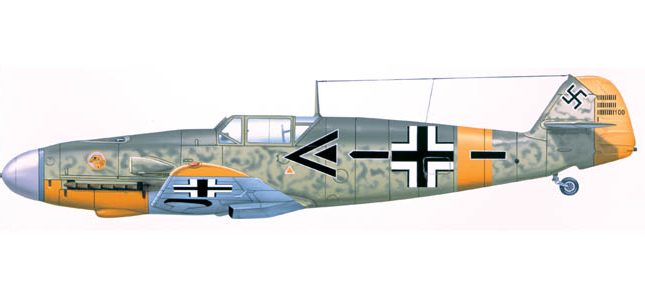
WWII
By the summer of 1942, the venerable and battle-proven Messerschmitt 109E was all but replaced by the improved Me-109F in front-line units. Read more
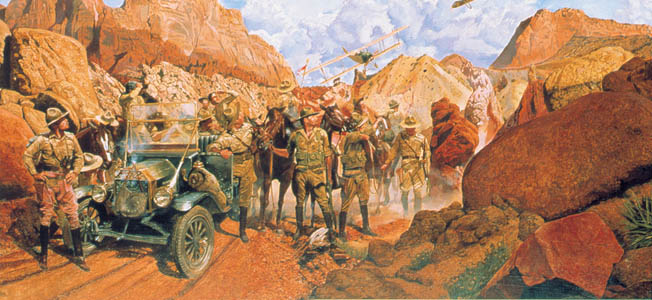
WWII
General George C. Marshall had a problem. With the U.S. entry into World War II, he had to explain to an isolationist nation why the country was going to war. Read more
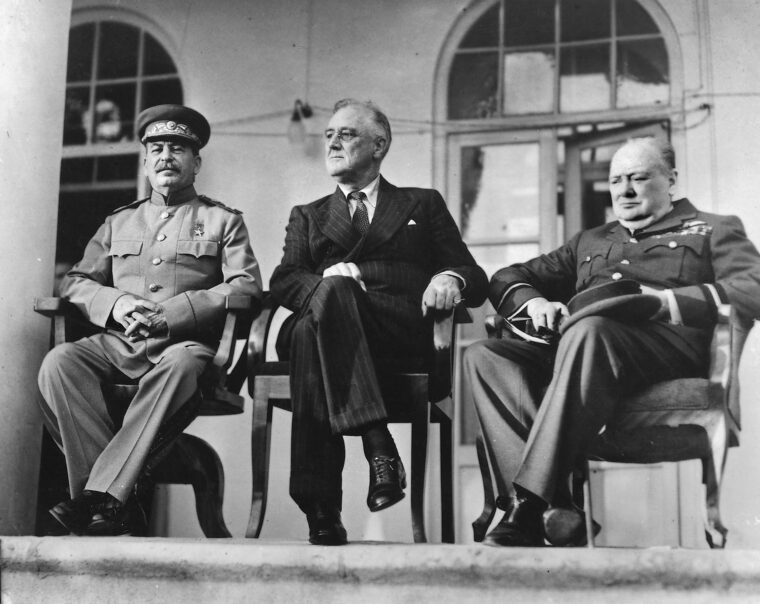
WWII
World War II made a disparate trio of allies —British Prime Minister Winston Churchill, Soviet Marshal Josef Stalin, and American President Franklin D. Read more
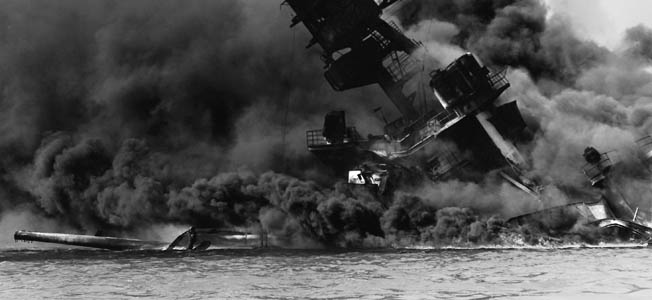
WWII
On December 7, 1941, Japanese naval aircraft attacked the U.S. Navy base at Pearl Harbor on the Hawaiian island of Oahu, as well as other U.S. Read more
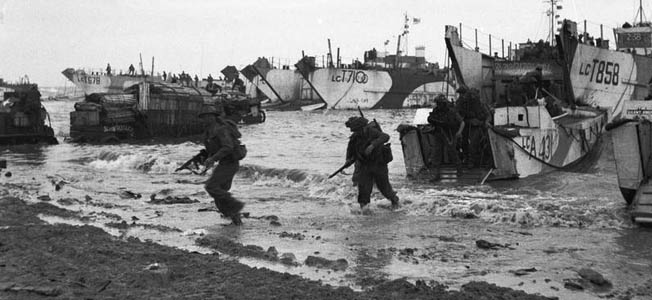
WWII
Commonly known as D-Day, the Western Allies invaded Nazi-occupied Europe during World War II on June 6, 1944. Read more